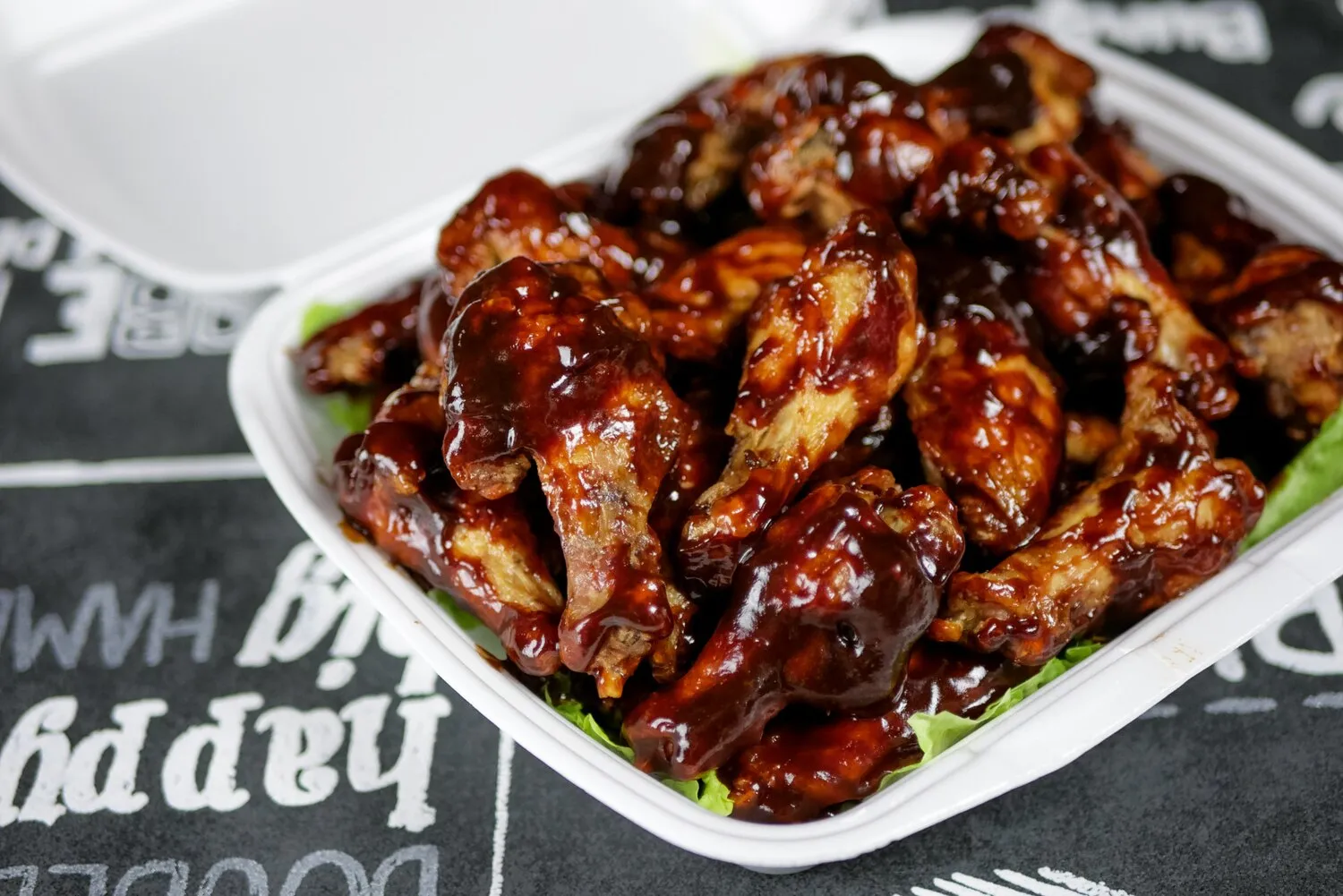
Falafel
Deep-fried balls or patties made from ground chickpeas, herbs, and spices.
Nutrition Facts
* The % Daily Value (DV) tells you how much a nutrient in a serving of food contributes to a daily diet. 2,000 calories a day is used for general nutrition advice.
Falafel's origins are debated, but it's widely believed to have originated in Egypt, possibly as a substitute for meat during Lent by Coptic Christians. The dish then spread throughout the Middle East, adapting to local ingredients and preferences.
Falafel is more than just food; it's a cultural icon throughout the Middle East and beyond. It's a symbol of street food, accessibility, and vegetarian-friendly options.
Street Food Staple
Falafel is a ubiquitous street food, sold from carts and small restaurants, offering a quick and affordable meal for people from all walks of life.
Vegetarian/Vegan Delight
Falafel serves as a popular and flavorful vegetarian/vegan option, making it a staple in Middle Eastern cuisine and increasingly popular worldwide.
Regional Variations
While the core ingredients remain similar, regional variations exist in the spices and herbs used, as well as the accompaniments served with the falafel.
Symbol of Identity
For many, falafel represents a connection to their cultural heritage and traditions, evoking a sense of home and nostalgia.
Falafel offers a delightful combination of earthy, savory, and herbaceous flavors, enhanced by a crispy exterior and a soft, slightly crumbly interior. Spices add warmth and complexity.
The primary flavor comes from ground chickpeas (or sometimes fava beans in Egypt), providing an earthy and slightly nutty base. Fresh herbs like parsley, cilantro, and sometimes dill contribute brightness and freshness. Common spices include cumin, coriander, garlic, onion, and chili powder, offering warmth, depth, and a subtle kick. The deep-frying process creates a crispy crust while maintaining a moist interior.
Soaking the Chickpeas
Always use dried chickpeas that have been soaked for at least 24 hours. Avoid using canned chickpeas, as they will result in a mushy texture. Soaking is essential for binding the mixture.
Don't Over-Process
Pulse the mixture in a food processor until it's finely ground but still slightly coarse. Over-processing will release too much moisture and create a dense falafel.
Rest the Mixture
Allow the falafel mixture to rest in the refrigerator for at least 30 minutes before frying. This helps the flavors meld and prevents the falafel from falling apart during frying.
Temperature Control
Maintain a consistent oil temperature of around 350-375°F (175-190°C) for frying. Too low, and the falafel will absorb too much oil. Too high, and it will burn on the outside before cooking through.
Fresh Herbs are Key
Use a generous amount of fresh herbs like parsley and cilantro for the best flavor and vibrant green color.
Explore additional Appetizers dishes and restaurants
Explore AppetizersDiscover top dining spots and culinary experiences in Curitiba.
Explore CuritibaLearn more about the food culture, restaurant scene, and culinary heritage of Brazil.
Explore Brazil